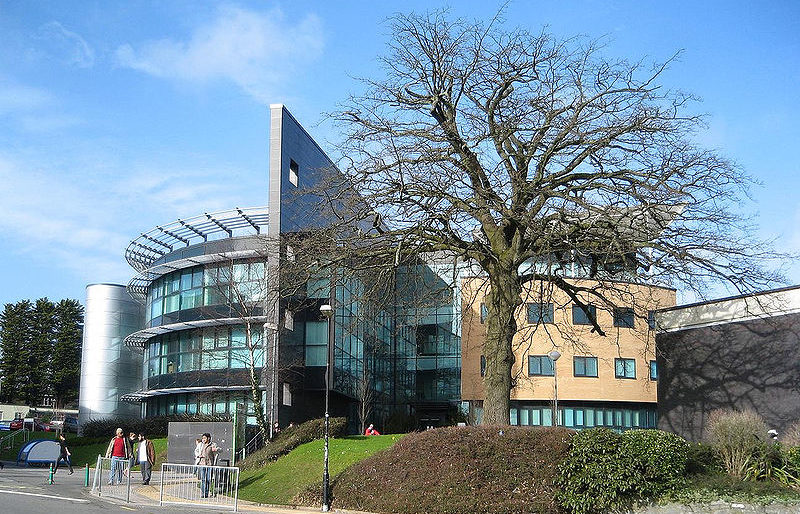Copper zinc tin sulfide (CZTS) has long been seen as a potential alternative to CIGS in thin film production, as it is based on materials that are cheaper and more abundant. However, its conversion efficiency has lagged behind that of CIGS. The current record for CZTS stands 7.6% for a full sized solar cell, and 12.7% for a smaller research cell, compared with 22.3% for CIGS.
The team at Swansea University etched several samples of CZTS using a sodium sulfide solution. They then used Raman spectroscopy, a technique where samples are illuminated using a laser beam and viewed under a microscope, to observe the material’s performance.
“Raman spectroscopy is a powerful technique to identify a number of CZTS and secondary phases at the surface,” said a spokesperson for the research team. “Raman mapping could play a significant role in monitoring absorber film quality during industrial production.”
Further monitoring of photoluminescence showed that the etching process had improved the material’s performance. “These results help us to apply the most suitable etching in device fabrication of CZTS solar cells,” stated the team in a press release. “Future studies will focus on exploring links between Raman mapping and CZTS solar cell performance.”
This content is protected by copyright and may not be reused. If you want to cooperate with us and would like to reuse some of our content, please contact: editors@pv-magazine.com.




2 comments
By submitting this form you agree to pv magazine using your data for the purposes of publishing your comment.
Your personal data will only be disclosed or otherwise transmitted to third parties for the purposes of spam filtering or if this is necessary for technical maintenance of the website. Any other transfer to third parties will not take place unless this is justified on the basis of applicable data protection regulations or if pv magazine is legally obliged to do so.
You may revoke this consent at any time with effect for the future, in which case your personal data will be deleted immediately. Otherwise, your data will be deleted if pv magazine has processed your request or the purpose of data storage is fulfilled.
Further information on data privacy can be found in our Data Protection Policy.